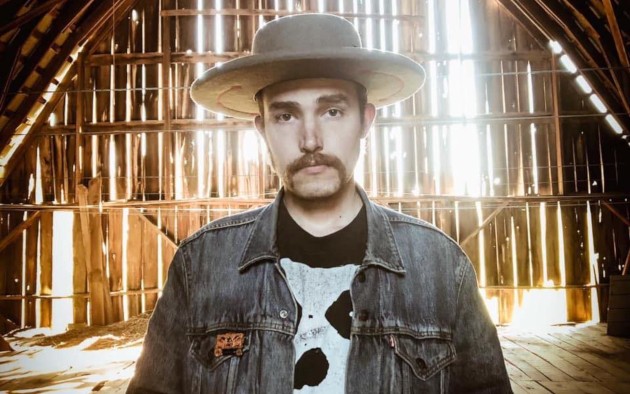The first time i flipped through a record collection that I thought was big was when took a trip from the country to visit my older sister who had finished studying at Uni where I was wanting to know about how to enrol and lots of other stuff about life in the city and what was good music. She was into Bowie, Zappa, The Stones and lots of stuff I never knew about. Flipping through all her records there was so much strangeness for someone only used to listening to commercial radio. So much stuff that I didn't know even existed that I couldn't take much in - but one that always stuck in my mind was Link Wray because of the title "Beans And Fatback". Link sung on this record and many years later I discovered that he was one of the pioneers of the feedback fuzz guitar sound with his rock and roll intrumental hits such as "Rumble", "Jack The Ripper" and "Ace of Spades". As an example of his influence on rock - somewhere on youtube you'll find a video of the Led Zep guitarist putting his 45rpm of "Rumble" on a turntable and remembering how he felt when he first heard the sound it made.
Link's older brother Vernon was a member of Link's backing group "The Ray Men" (along with other brother Doug on drums).
So this is Link's less famous brother Vernon Wray from 1972 (this time with Link on backing guitar and Doug Wray on drums).
If you like that classic maudlin cry in your beer country it definitely has some songs for you - but even if you don't why wouldn't you at least want to hear it might sound when you get a look at that album cover...and then get Wasted.
Great. Need to get that release.





